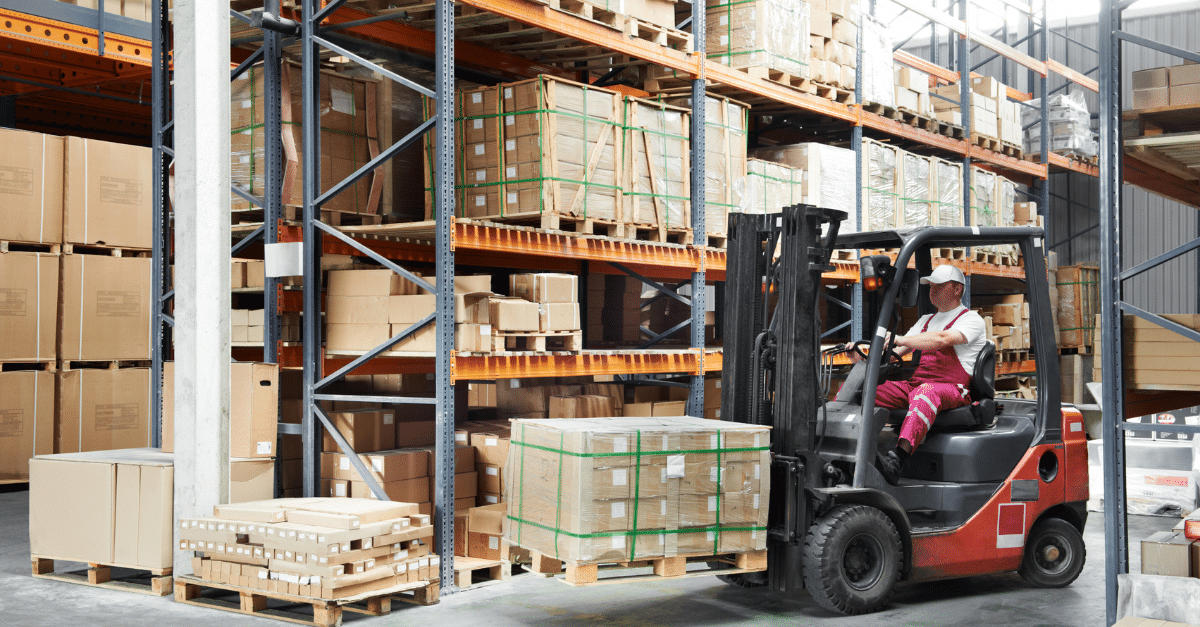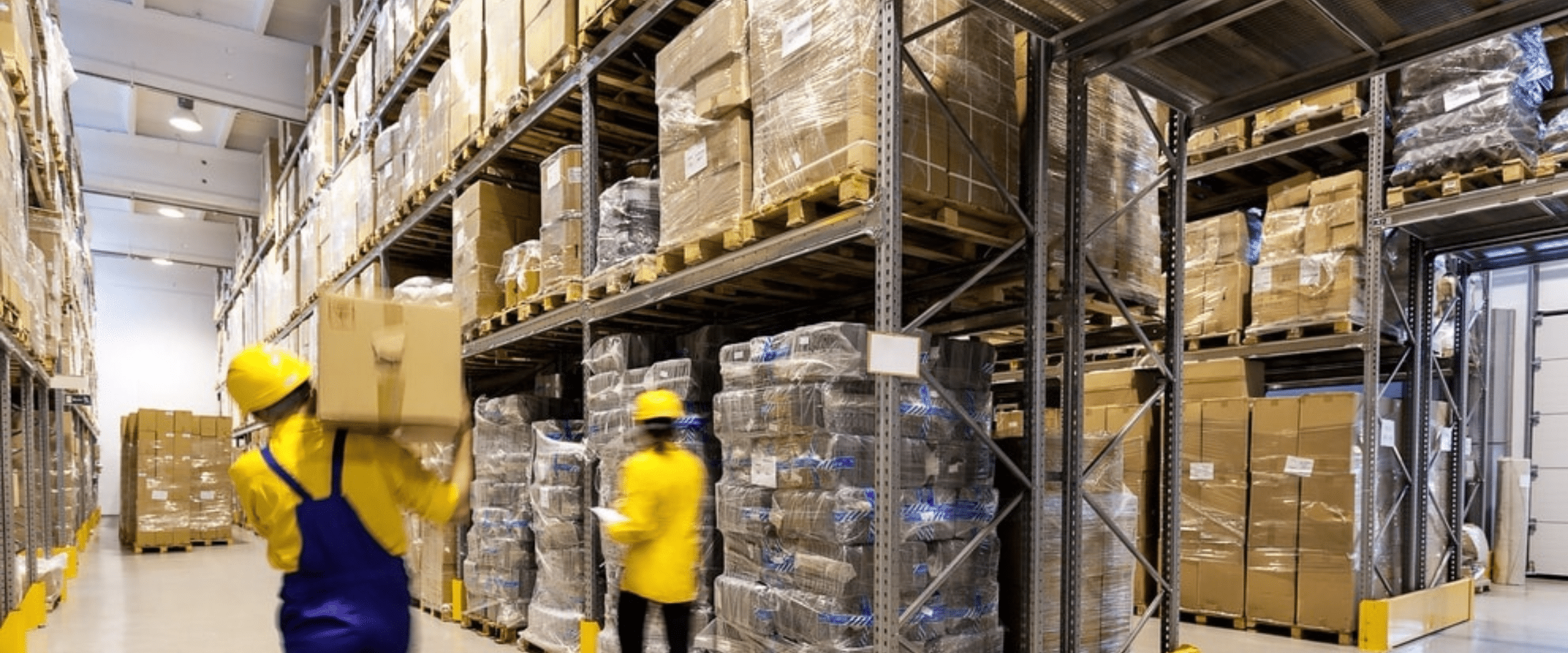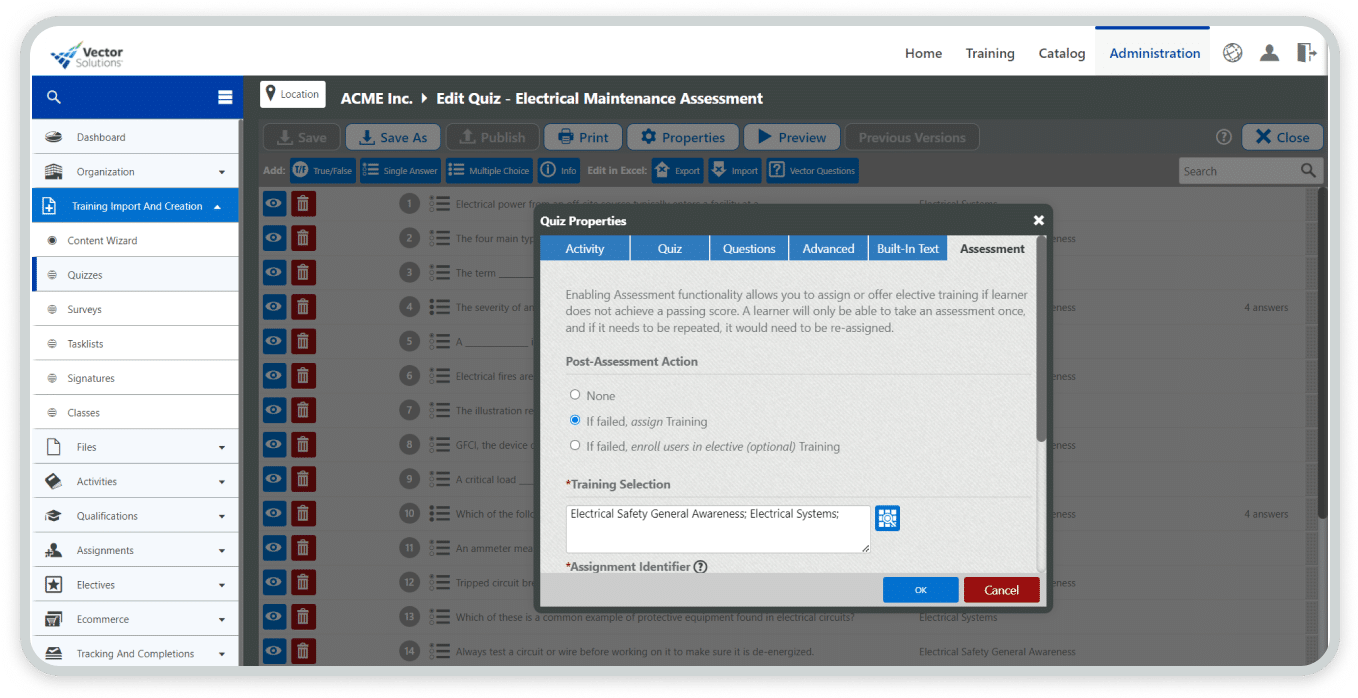April 15, 2024 6 min read

Warehouse Training: Courses Proven to Boost Employee Development and Retention
Industry:
Solution:

Providing the best warehouse training for your workforce isn’t just about safety: it’s a competitive advantage. Providing your workforce with industry skill-specific training as well as professional development is one of the best ways to invest in them and increase employee retention. In this blog, we’ll share numerous warehouse training courses to take your L&D program to the next level.
Top Warehouse Training Courses from Vector Solutions
The following courses are among the most completed at Vector Solutions by our customers in the warehousing and distribution industry.
- Warehouse and Loading Dock Hazard Awareness
- Warehouse and Loading Dock Safety
- Hazard Communication GHS
- Slips, Trips, and Falls
- Back Injury Prevention
- Forklift Safety
- DOT Hazmat – Safety Training
- First Aid
- Ergonomics for Industrial Environments
- Fall Prevention and Protection – General Industry

Comprehensive Warehouse Training Needs
Warehouse operations demand a diverse skill set from employees, ranging from inventory management to forklift operation, and everything in between. Providing comprehensive training ensures that workers are equipped with the necessary knowledge and skills to perform their tasks efficiently and safely.
Types of Warehouse Management Training
In any warehouse environment, ensuring the competency and preparedness of both workers and management is essential for smooth operations and employee safety. To get started creating a proven process for warehouse training, here’s a breakdown of the key types of training needed to equip teams with the necessary skills and knowledge:
- Warehouse Safety Training. Prioritizing safety is non-negotiable in warehouse environments. Proper training on safety protocols, warehouse and loading dock hazard awareness, equipment operation, and emergency procedures can significantly reduce the risk of accidents and injuries. Safety also extends beyond training and compliance; it’s about providing employees with a secure work environment that fosters confidence and peace of mind, which is why an effective EHS data management system is crucial.
- Inventory Warehouse Management Training. Effective inventory management and providing the tools needed to connect and execute on the warehouse floor is crucial for maintaining optimal stock levels and minimizing errors. Training in inventory tracking systems and best practices ensures accuracy and efficiency.
- Forklift Operation Training. Forklifts are essential tools in warehouse operations, but improper usage can lead to accidents and damage. Comprehensive training courses teach operators how to safely maneuver forklifts, reducing the risk of workplace incidents.
- Leadership and Management Training. Equipping managers with the skills to lead and motivate their teams fosters a positive work environment and enhances productivity. Training in communication, conflict resolution, and performance management is invaluable for warehouse supervisors.
Empower your team with comprehensive online warehouse safety training and career development opportunities. Explore award-winning online courses and take the first step towards a safer, smarter, better workforce.
View CoursesImplementing Effective Warehouse Training Programs
Implementing effective training programs is essential for maximizing the potential of warehouse teams and fostering continuous improvement. Here are four key strategies for designing and delivering training initiatives that yield tangible results:
- Curriculum for Warehouse Workers: Tailoring training programs to the unique needs and challenges of the warehouse environment ensures that learning experiences are relevant and engaging for employees. By assessing employee competencies and then establishing learning pathways to address specific skill gaps and job requirements, customized training enhances employee satisfaction and performance.
- Hands-on Learning: Incorporating practical exercises and on-the-job training sessions allows workers to apply theoretical knowledge in real-world scenarios. This hands-on approach not only reinforces learning outcomes but also boosts confidence and engagement among employees.
- Continuous Evaluation: Regular assessments and feedback mechanisms are crucial for monitoring progress and identifying areas for improvement. By implementing ongoing evaluation processes, warehouse managers can ensure that training initiatives remain effective and responsive to evolving needs.
- Utilizing Technology: Leveraging an eLearning platform, created for industrial workforces, offers an innovative way to enhance training effectiveness and accessibility. Safety and skills training can be deployed to a mobile phone or tablet in seconds. By harnessing the power of technology, warehouses can deliver engaging learning experiences that drive meaningful skill development and knowledge retention.
Vector Solutions' Competency Assessment Tool
Unlock the power of competency assessments and ability to create personalized learning paths for your team. Talk to one of our experts to learn how our latest LMS innovations can drive skill development and enhance performance.
Request a Demo
Organizational Benefits of Training for Warehouse Workers
Creating a comprehensive warehouse training program and utilizing warehouse training courses not only enhances worker productivity and safety but also yields long-term benefits for the organization. By addressing some of the pain points faced by warehouse employees, such as physical demands and safety concerns, organizations can anticipate Learning and Development (L&D) efforts to provide a return on investment of approximately four times the initial investment.
This is primarily attributed to heightened productivity, resulting in increased profits, along with reduced absenteeism, leading to less resource waste, and improved employee retention, thereby cutting down on recruiting and onboarding expenses. According to Gallup, maintaining high levels of employee engagement can result in a notable boost in productivity, typically ranging from 20-25 percent.
Employees also consider an organization’s training focus when selecting a company, with 83% of employees viewing L&D as a “vital factor.” Moreover, a well-trained workforce is better equipped to adapt to evolving smart warehousing, positioning the organization for sustained growth and success.
Warehouse Employee Retention Challenges
In warehouse operations, hiring the right workforce is only half the battle. Retaining employees poses a significant challenge, with industry turnover rates exceeding 40 percent annually in the U.S. The reasons behind this high industry turnover are complex and extend beyond compensation and workload concerns. Contributing factors include:
- Physical Demands. Warehouse work involves heavy lifting, prolonged standing, and machinery operation, leading to fatigue and burnout among employees seeking less strenuous conditions.
- Safety Concerns. Warehouses pose hazards without proper safety measures, making employees feel unsafe and prompting them to seek safer workplaces. According to the U.S. Bureau of Labor Statistics, employers reported 2.6 million workplace injuries in 2021. The majority of those were in health care, retail, manufacturing, and transportation and warehousing.
- Limited Career Growth. Warehouse roles are often seen as entry-level with few advancement opportunities, leaving employees feeling stagnant and seeking upward mobility elsewhere.
- Seasonal Work. Fluctuating demand in warehouses leads to seasonal layoffs and unstable hours, pushing employees to seek more stable employment options.
- Lack of Recognition. Warehouse workers may feel undervalued compared to other roles, leading to disengagement and a desire for workplaces where their contributions are recognized and appreciated.
Overcoming these factors and staying ahead requires more than just efficient processes and cutting-edge technology. The true backbone of a successful warehouse lies in its workforce, and elevating employee training and development is necessary to achieve optimal efficiency and retain top talent.
Why Vector Solutions is Your Top Choice for Warehouse Safety Training
Enhancing warehouse safety hinges on establishing comprehensive employee training. It’s imperative that new hires grasp proper techniques while ensuring seasoned workers remain vigilant. Yet, Vector Solutions recognizes the hurdles like employee turnover often impede effective training implementation.
We’re poised to be your partner in skills training, safety training, and professional development training and help you establish a proven process for effective training.
Ready to learn more and elevate your warehouse safety practices? Request a demo today and discover how our suite of solutions can revolutionize your approach to warehouse training and safety management.











